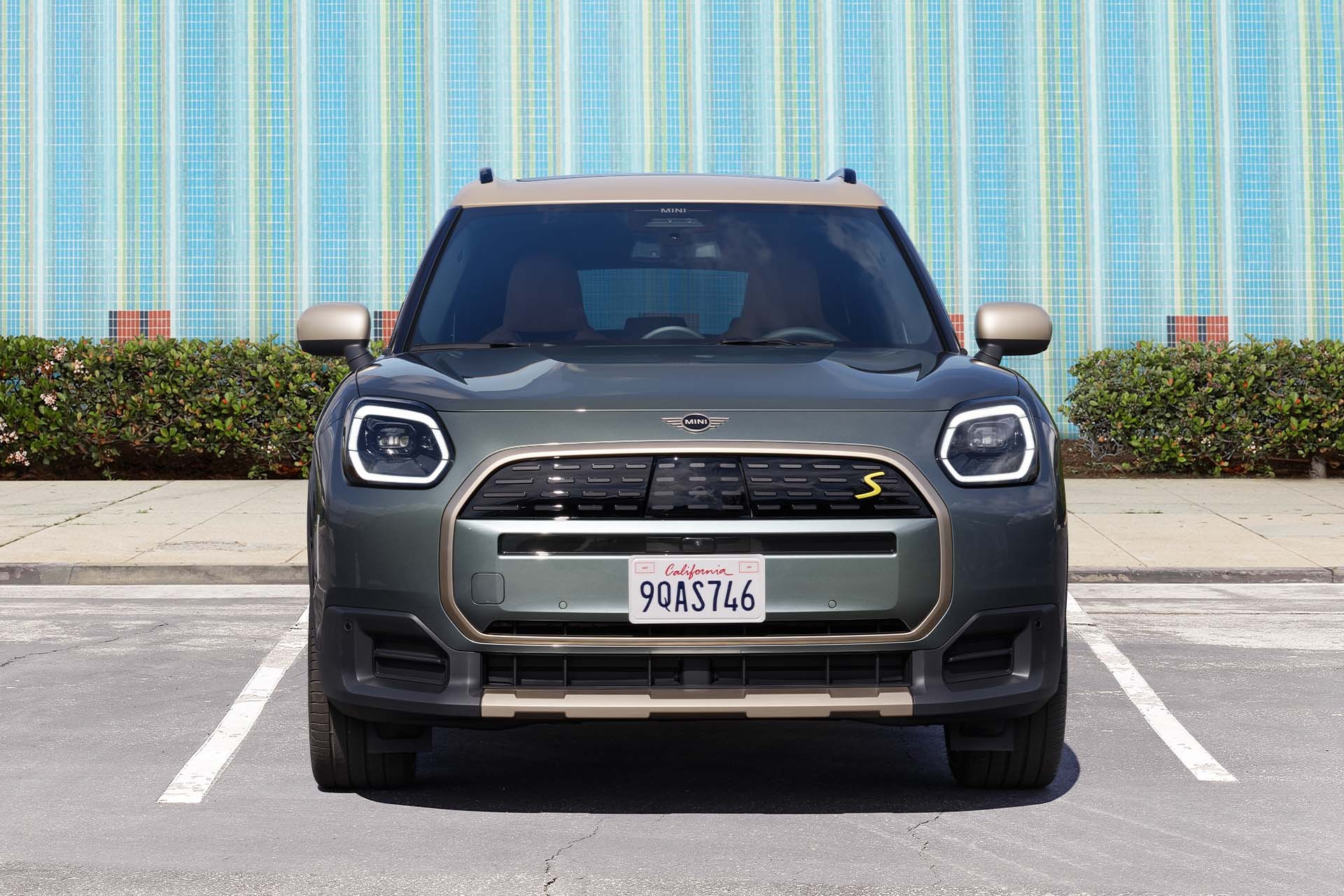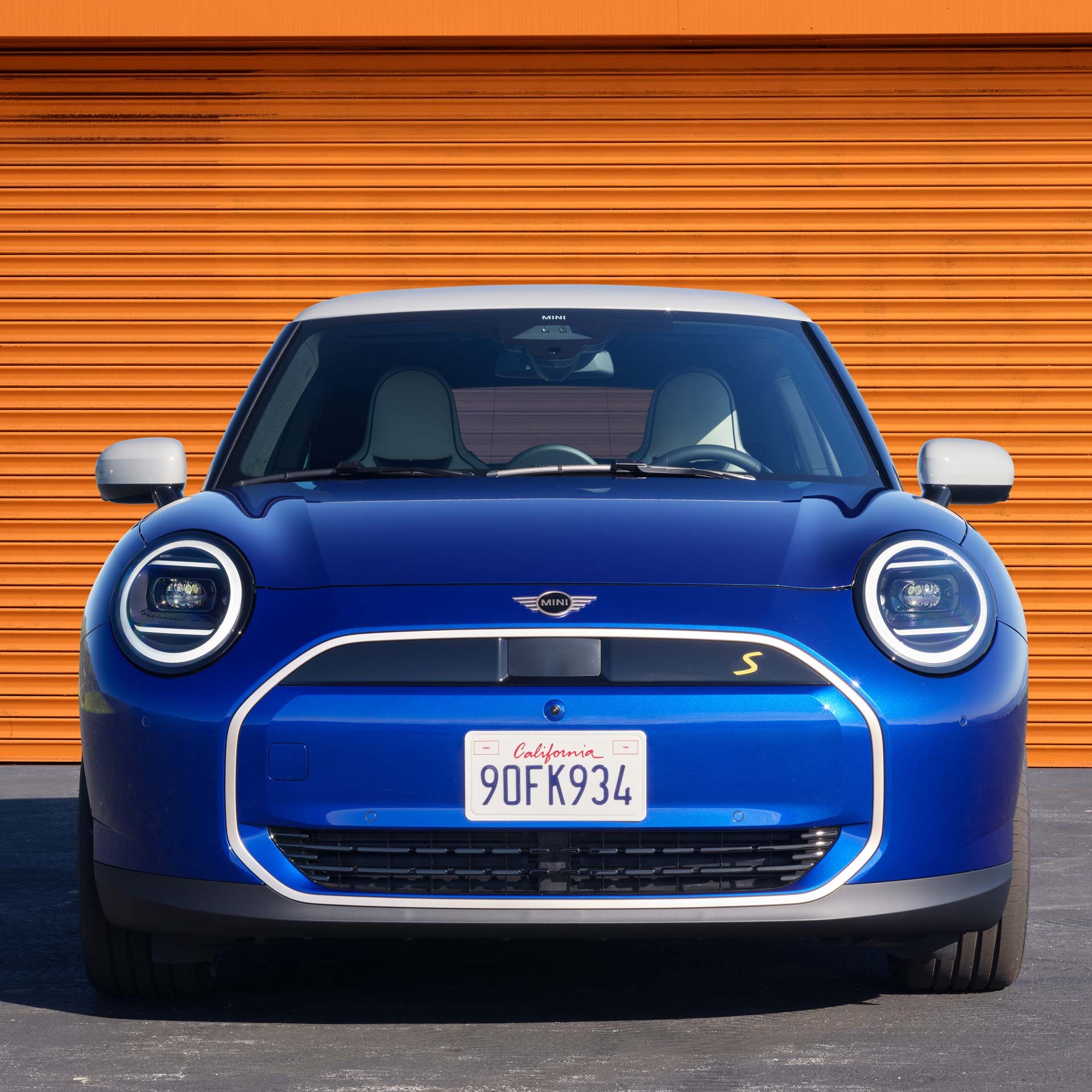Our tool for managing your permission to our use of cookies is temporarily offline. Therefore some functionality is missing.
The MINI Cooper.
MINI Cooper : Fuel Consumption (WLTP combined): 6,8 - 5,9 l/100 km CO2-Emissions (WLTP combined): 154 - 134 g/km
The all-electric MINI Aceman.
All-electric MINI Aceman : Electric Consumption (WLTP combined): 16,4 - 14 CO2-Emissions (WLTP combined): 0 g/km Electric Range (WLTP combined): 405 - 303 Electric Range (WLTP City): 511 - 393
The all-electric MINI Cooper.
MINI COOPER : Electric Consumption (WLTP combined): 15,5 - 14,1 CO2-Emissions (WLTP combined): 0 g/km Electric Range (WLTP combined): 391 - 290 Electric Range (WLTP City): 501 - 383
THE New All-Electric
Mini Countryman.NICE TO MEET YOU AGAIN.
All-electric MINI Countryman E: Electric Consumption (WLTP combined): 15.7 - 17.4 kWh/100km; CO2-Emissions (WLTP combined): 0 g/km; Electric Range (WLTP combined): 423 - 462 km; E | All imagery and details shown here are preliminary and for illustration purposes only.
The MINI Countryman.
MINI Countryman : Fuel Consumption (WLTP combined): 8,2 - 4,6 l/100 km Electric Consumption (WLTP combined): 18,5 - 16 CO2-Emissions (WLTP combined): 186 - 0 g/km Electric Range (WLTP combined): 454 - 399 Electric Range (WLTP City): 561 - 484
MINI COOPER CONVERTIBLE.
MINI Cooper Cabrio : Fuel Consumption (WLTP combined): 7,1 - 6,5 l/100 km; CO2-Emissions (WLTP combined): 162 - 147 g/km.


